One year ago, my two oldest Berlin friends, Tom Kubischik and Nayden Naydenov contacted me. Nayden had claimed to make Virtual Reality possible on smartphones.
Tom and Nayden both work in the gaming industry, Tom as a large-scale project-manager for “Morgen Studios” and Nayden as a genius developer.
In the 90s I was working in the VR department of the Fraunhofer Institute IPK in Berlin. One of the biggest problems in Virtual Realty in those days was the huge and expensive setup you needed to show your work. I think this was the reason Virtual Reality never had the Impact it could have had in its early years. For me it was the motivation to concentrate more on other fields of design in the following years.
Back to the invention. Nayden had conceived a 3D printed box with two lenses in which you could insert a smartphone, thus converting it into a head-mounted-display (HMD) and enabling you to dive into virtual realty. A real-time animation split side by side into two screens was visible on the display, giving the impression of sitting in a roller coaster, racing along the track.
It was a phenomenal experience, standing in a room and having the impression of being in the scene, cable-less and with only the help of a regular phone.
The possibility of Virtual Reality on a smartphone was an immediate game-changer for me, I was hooked again.
Tom, Nayden and I founded the company “i-mmersive“ with the aim of developing new mobile VR applications, interaction principles and the necessary hardware.
The VR Apps i-mmersive developed worked well – with a great frame rate, fantastic sensor implementation and convincing graphics. You can download some i-mmersive apps on google play. They have proved popular and some have been downloaded over 100,000 times. The Roller Coaster App can be found on Google Play
However, the phone holders available were not satisfactory. We did some research and the few VR smartphone holders on the market were all too big, too heavy and too expensive.
So we decided to construct our own.
From the beginning we had seen the need for a low-cost holder. Firstly because the of the media. “Mobile VR” was so new that only geeks would spend money on a smartphone holder without knowing how it would work. Secondly because it was necessary to generate reach to show as many people as possible what is feasible on a smartphone. One way to do this was by distributing the smartphone VR holder for free as a marketing tool.
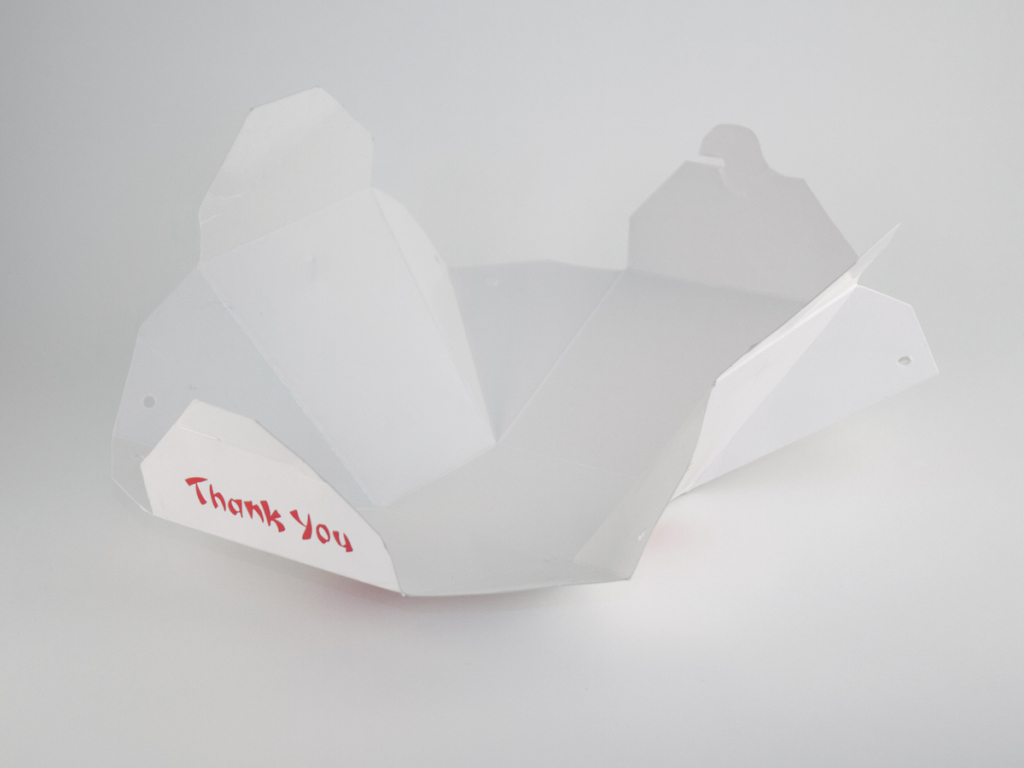
At the same time I was working in my day job on the design of fast food-packaging and was fascinated by Chinese cardboard noodle boxes and the intelligence behind folding them. These boxes are flat on delivery but can be folded in five seconds. We decided to use the principle to design a smartphone VR holder.
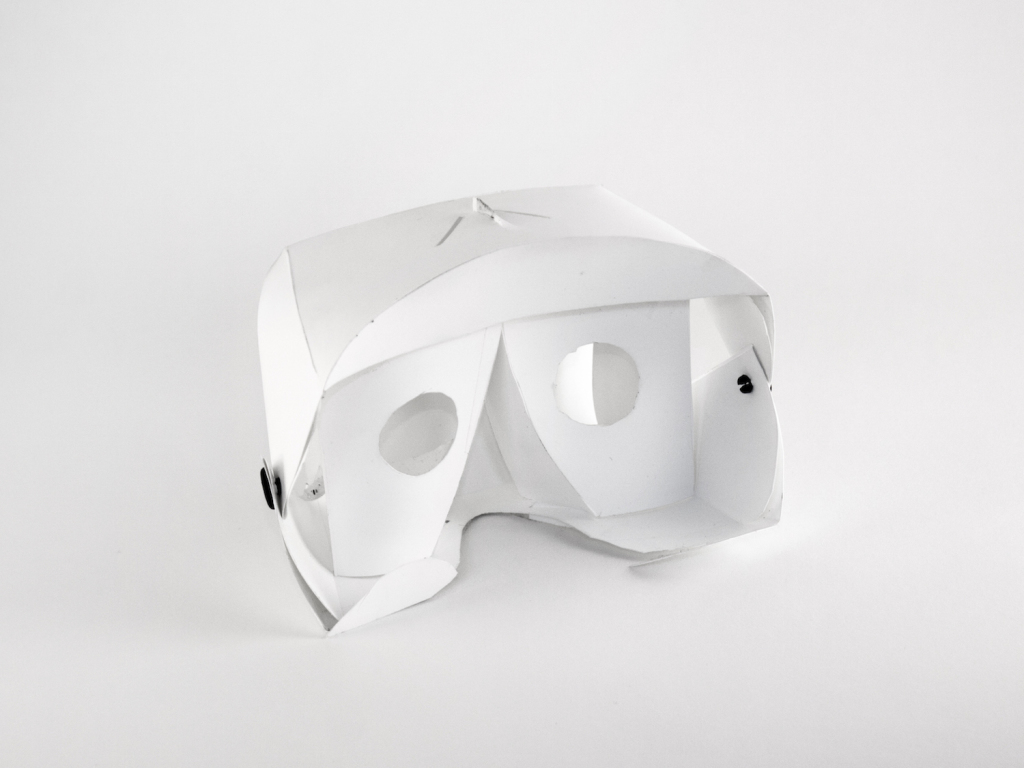
The first prototypes were unstable and not concise enough, so there was no 3D effect visible. As smartphone holders are optical instruments, they require a high degree of precision.
Our first prototypes had a focal adjustment that turned out to be useless, as the lenses have a fixed focal length. We had to make sure that people were able to wear glasses under the holder.
Several months and 50 versions later, we had added two smaller sections so the position of the lenses was precise enough. For the first time a 3D-effect was visible, but only for some of our testers. We had to delve deeper into the optical phenomenon of stereoscopy and identified the distance between the eyes as the crucial point.
The stereoscopic effect only works when a triangle is drawn between focused object and your two pupils, which is similar to the one between virtual cameras and objects.
My hobby for the next weeks was to measure the distance of the pupils of every person I met. After approximately a hundred measurements, we identified the correct average. The next important thing is the diameter of the lenses – the bigger they are, the greater difference in eye distance that needs to be balanced.
We found a supplier for lenses with a much better projection than the 24mm ones used by Google in its cardboard holders. The first i-mmersive smartphone holder folded out of one sheet of cardboard, closed with two plastic rivets and had a ski-goggle-like rubber strap.
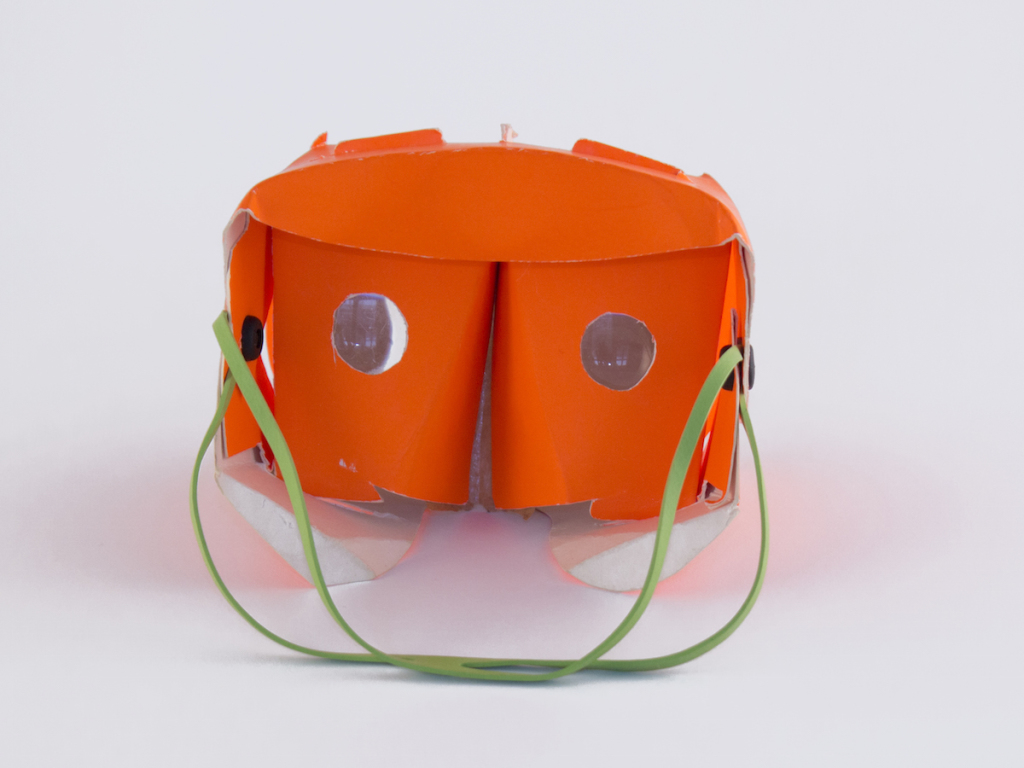
But it still did not solve the reach-achieving problem – it worked well, but still took two minutes to fold and the cutout pattern was too large for a standard letter. All clients we talked to said it would not work as a marketing tool in this shape. About that time, Google released “Cardboard“, which is very similar (or even a copy) to the tinker-kit from refugio. The good thing about this release was that Google introduced the term “VR on smartphones” to the masses and made it easier for us to communicate our products.
Now we had to beat Google in usability and design, the new challenge was the idea of a one-press unfolding holder which can be refolded and stowed away in your coat-pocket. All this at no or low cost and able to fit in standard envelopes.
While developing the first i-mmersive holder we discovered that adding circular folds to a shape increased stability enormously, and with the flexibility of cardboard we could also achieve a spring-self-unfolding effect. The result was a reduced holder with several circle segment folds, which pops up when the top and bottom are pressed. Even better, it can be sent in a standard letter.
The next challenge was the front slide-in slot for the smartphone. We needed to match at least the iPhone 5–6 and all other 4–4.7 inch display phones. Many iterations were necessary and the result is a (on first sight) random looking shape, which works excellently.
For our first project with ARTE, we started mass production with a Berlin based print company. This means the product is entirely “Made in Germany”. It is a print product, the body is easily customizable to clients’ needs and corporate design from 1000 units and up. The next smart-phone holders will have rubber-straps to allow for hands-free gaming.
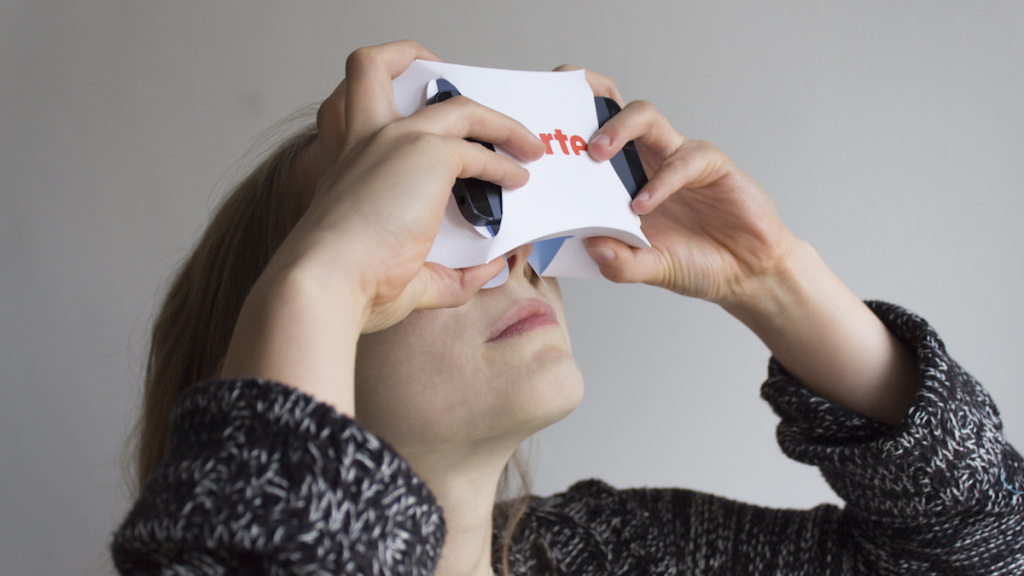
The next steps for “i-mmersive” will be the release of our first game, based on the Roller Coaster App and the “Pro” version of our Holders.
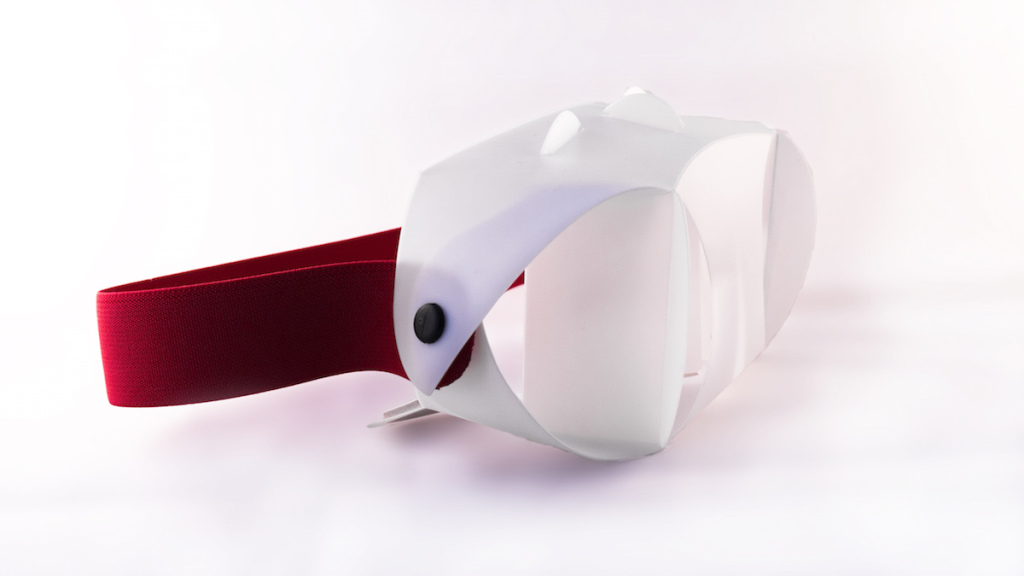
Many big players have the vision of Mobile Virtual Reality as the next step after the era of 2-dimensional media. i-mmersive aims to be one of the top think-tanks in this development, spreading ideas, discovering new interaction methods and display devices and bringing our product to maturity.
 Fax Quintus
Fax QuintusFax has worked with many startups and virtual reality products. His newest child is "i-mmersive", which provides virtual reality on mobile devices, founded in 2014 together with the game-developers Tom Kubischik and Nayden Naydenov.



